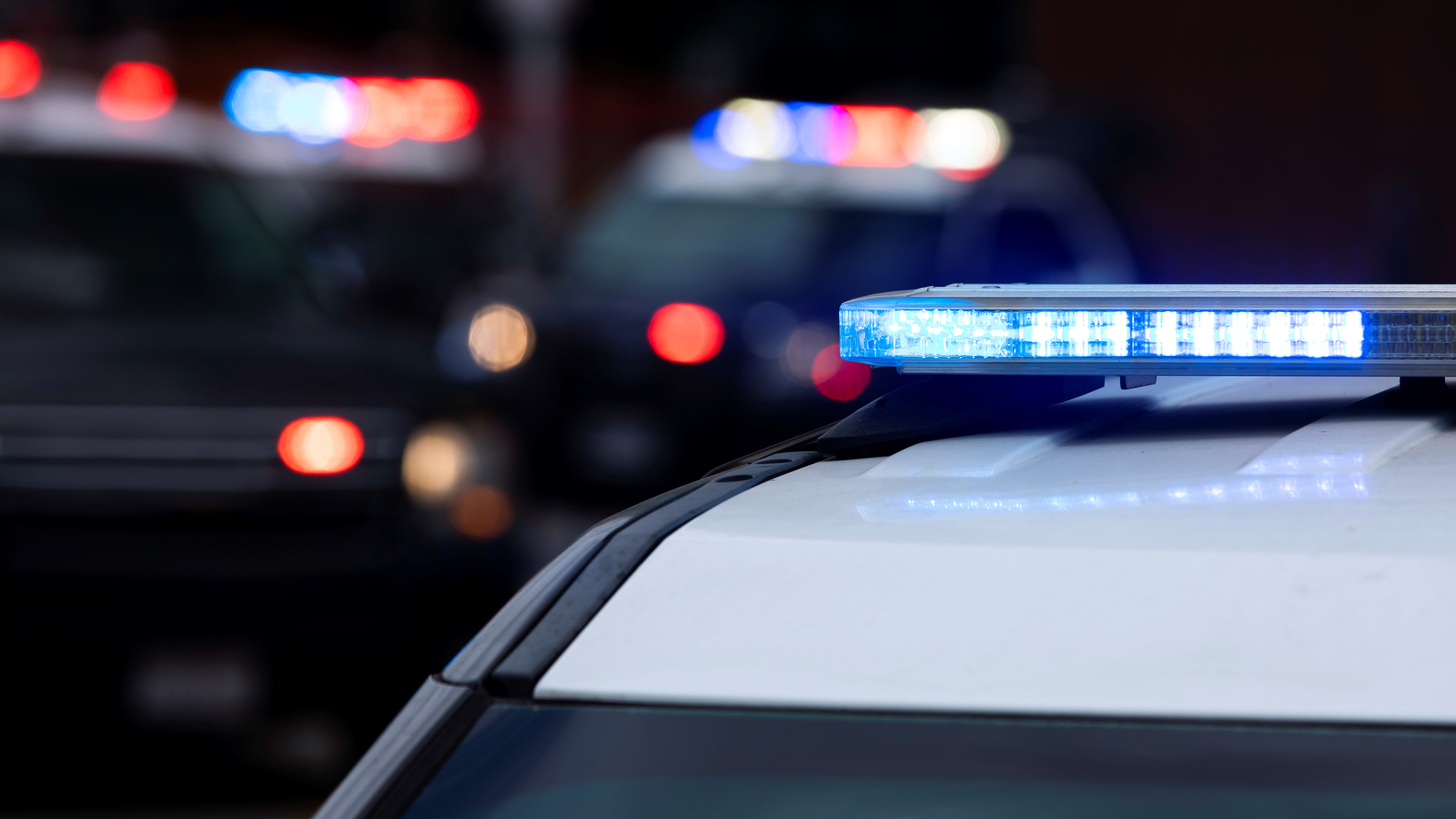Metropolitan Transportation Commission chairman Steve Heminger said Tuesday that he is pleased that final tests confirm that most of the steel rods on the new eastern span of the Bay Bridge are safe and don't need to be replaced.
But Heminger expressed concern that a 2011 investigation that found problems with some of the rods, which secure earthquake shock absorbers to the deck of the eastern span, wasn't brought to his attention or made public until recently.
In March 2013, about one-third of the initial batch of 96 bolts that were installed in 2008 failed when they were tightened.
However, Caltrans figured out a temporary solution that allowed the new eastern span to open on schedule on Labor Day in 2013 and crews completed a permanent fix in December.
Referring to the 2011 investigation that identified problems with some of the rods, Heminger said, "This strikes me as a pretty big fish that got away" because it might have been possible to fix the problem quicker and less expensively if more people had been told about it right away.
Speaking at a meeting Tuesday of the MTC's Toll Bridge Program Oversight Committee, which oversees Bay Bridge construction, Heminger also said it's "troubling" that the information wasn't made available to the committee last year when it was looking into problems with the rods.
A final report on the rod issue that was released at the committee's meeting Tuesday said that extensive tests of about 2,600 bolts on the new eastern span indicate that they are safe.
Local
Brian Maroney, Caltrans' chief engineer, said, "This report is great news because we don't have to remove hundreds of rods."
But Heminger and Caltrans officials spent part of the meeting addressing another issue that recently emerged with the new eastern span. Engineers recently discovered that about three dozen of the 424 steel anchor rods at the base of the span's tower had been sitting in potentially corrosive water although they were supposed to be kept dry.
Bill Casey, Caltran's construction manager for the new eastern span, said the rods' exposure to water could be a potential concern if there was long-term corrosion that was not addressed. He said the agency is addressing the issue by testing all of the anchor rods and using dehumidifiers to dry the rods that were exposed to water.
John Fisher, a structural engineer who is a member of the Toll Bridge Program's seismic peer review panel, said he believes the leaks are mostly caused by rainwater, as opposed to bay water that may have gotten into the rods, so the problem should be easily fixable.
"In my opinion, this is not a major issue, it's an issue of maintenance," Fisher said.
Maroney said he also thinks the problem is manageable, saying, "I don't see it being a stress corrosion cracking issue."
Asked if drivers should feel concerned about driving on the new span, Maroney said, "Absolutely not. This is a safe bridge."



